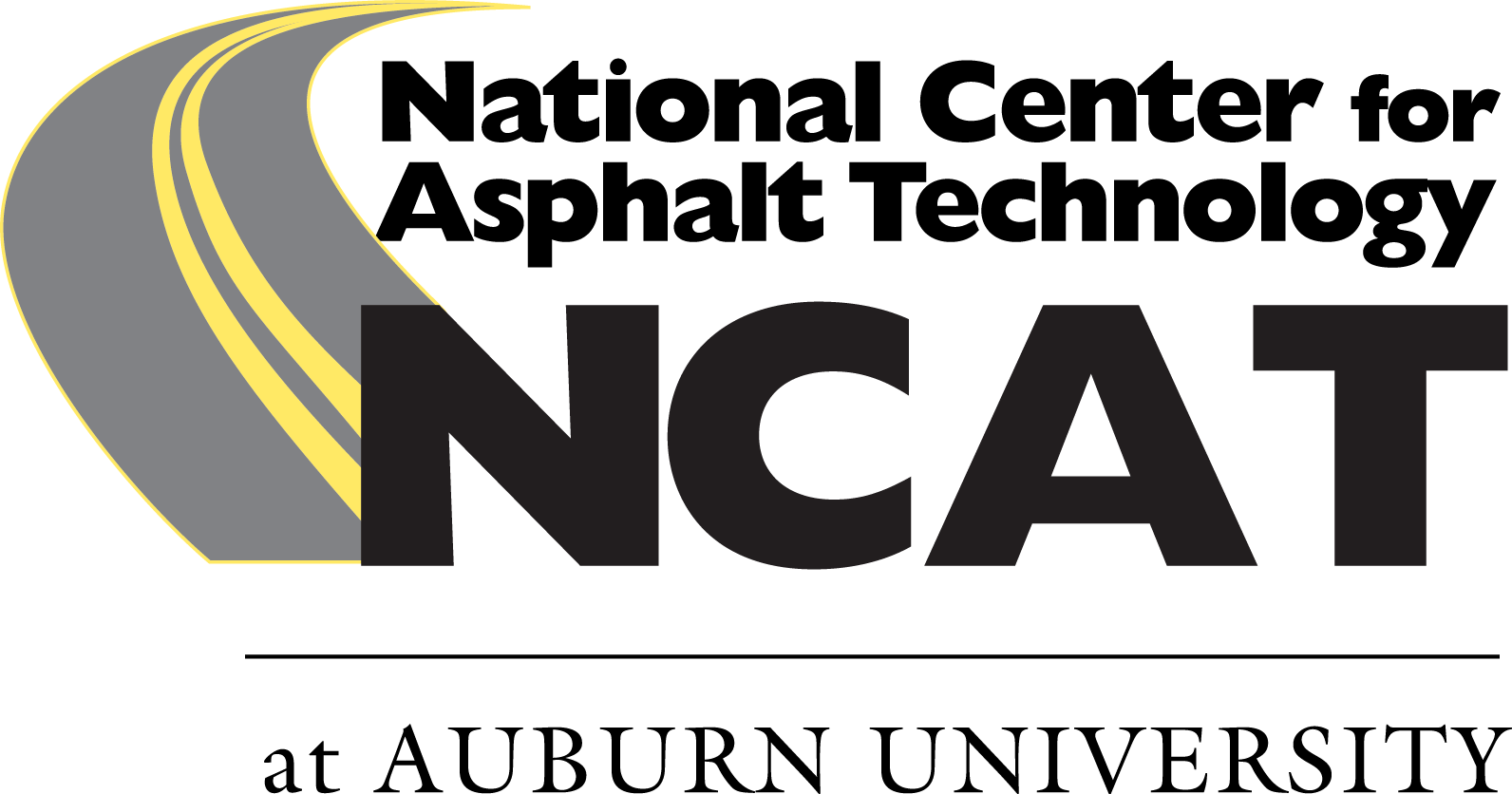Customer Experiences
The performance of HA5 over the past several years in 24 states has generated great satisfaction from residents, public officials, and engineers.
In these videos, HA5 customers explain how they transitioned from a 1-3 year seal coat to a longer-lasting and more cost-effective High Density Mineral Bond installation.
For more Public Agency videos click here.
For more Private Community videos click here.






